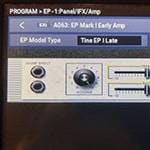Introduction
Hello.
I recently built my first effects pedal by myself. This time, I used a DIY kit that comes with everything from the circuit diagram to the necessary parts, but eventually I would like to be able to build one completely from scratch by myself.
KORG / Nu:tekt OD-S Overdrive Assembly Kit
This project of making my own effects pedal is not as straightforward as I had imagined. I had to hit the wall many times, and after overcoming them, I could finally see the light of day when the product was finished!
So this time, based on my own experience, I will give a summary of the points where you are likely to make mistakes in your own effects pedals.
Points prone to failure
● Identification of components
This is a mistake in the first stage of DIY.
When making effects pedals, a number of similar looking parts are used to build a base. At this time, even one wrong part may cause the finished product to not work properly. If you encounter a problem with strange sounds, check here.
I made a mistake when identifying the resistor. Resistance is indicated by the color of the four wires (color coded) attached to the gourd-shaped body. If even one of these wires is a different color, the way it works will be completely different.
〈Figure 1〉

For example, in this image, the sequence from left to right is yellow, purple, orange, and gold. The standard is set that resistors with this combination of color codes are 47 kΩ. In other words, if you use resistors with these different colors, you will not get the desired effect.
I actually mistook red for orange when assembling the resistors and almost installed resistors of different values.
Although the topic discussed here is about picking up the wrong parts when assembling, it is necessary to check the parts at the time of purchase, which is a preliminary step before that. This is even more important when you purchase parts one by one without using a kit. Also, even if you purchase a kit, it is possible for the enclosed parts to be missing or incorrect, so be sure to check before you start to go to work.
● Soldering
Soldering is probably the most easily imaginable mistake in DIY effects pedals. Soldering is not an extremely difficult task, but it may seem to be a hurdle for those who have not done soldering since their junior high school tech classes.
Let's take a look at some examples of soldering failures.
First of all, let me share the premise that the ideal soldering is one in which the solder forms a conical shape like a mountain. When this shape is broken, it is considered that there is a possibility of failure.
〈Figure 2〉

For example, a “potato solder” mistake is one in which the solder forms clumps and does not adhere firmly to the substrate, preventing electricity from flowing properly.
Other mistakes can also occur, such as dull solder that is not shiny, black burn marks, or insufficient amount of solder, which should be redone as soon as they are discovered.
In addition, there is also the mistake of short-circuiting, which I also will explain more on below. This is a defect caused by too much solder sticking to the adjacent solder.
There is also “pattern peeling” on printed circuit boards. When the silver ring on the substrate peels off, the solder will not stick to the substrate. I was able to address this error by ignoring the substrate and connecting the legs of the components directly to each other. In this case, the legs of other components can be used as lead wires, so it is convenient to cut the legs with nippers instead of discarding them.
These problems also cause a strange sound when the effect is turned on.
● Short-circuits between components
In addition to shorts caused by solder on the board, there are also shorts that occur after the product has been installed in the chassis. In this case, you may not be able to tell until you close the lid, so check carefully.
I have suffered from this type of short many times. As mentioned above, it is difficult to find out what is causing the problem because the sound is not heard when the lid is closed, but it can be heard when the lid is opened.
Therefore, I decided to cover the parts that seemed to be short-circuited with vinyl tape at random. This may be a rough treatment, but in the end it was the most effective.
Specifically, I covered the back of the pots, the wiring, the input/output jacks, the DC jack, and the back of the lid. I am not sure what was the cause of the problem, but the sound came back to normal after taking these measures.
● Length of wiring material
This is not a mistake that will directly cause the sound to stop, but it can be a simple but fatal mistake.
It is important to make sure that the wiring material is the appropriate length, neither too long nor too short. In particular, if it is too long, noise will increase and it will not fit into the case, so I tried to make the wiring as short as possible.
However, this too should not be overdone. The wire from the switch to the circuit board was too short, putting a strain on the connection and causing it to break inside the case! In the end, I had to re-solder it.
It is difficult to get used to, but I want to make sure that the wires are the right length. Once the components are installed in the chassis, carefully check the length of the wiring material.
Conclusion
In this article, I focused on some of the most common stumbling blocks in DIY effects pedals. I hope that this will help those who are stuck making their own DIY effects pedals.
The enjoyment of playing the electric guitar is not limited to just playing it. The high degree of freedom to build your own accessories and equipment, and create “your own sound” without exaggeration also tickles the desire for creativity.
Nowadays, individual builders can sell their original effects pedals through online stores. Why don't you start by entering such a world?
Thank you again for reading this issue.
The “sound & person” column is made up of contributions from you.
For details about contributing, click here.





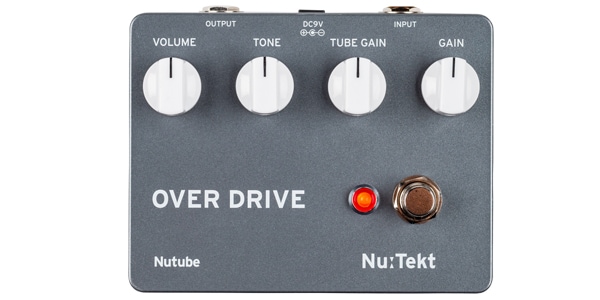


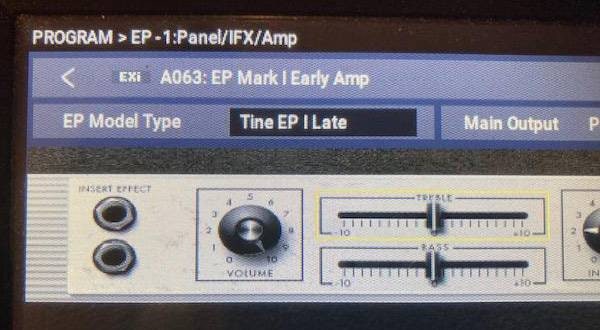




![[Part 0] A High School Guitarist Wants to Build a Pedal - Tools and Preparations](/contents/uploads/thumbs/5/2024/1/20240122_5_25301_1.jpg)
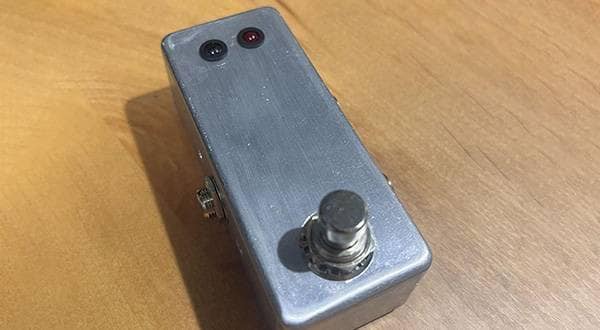
![The Road to Your Complete DIY Equipment: 2nd Edition: The Illusive Vintage Sound! Amplified Buffer Get your hands on the legendary device exclusively used by professionals [Parts]](/contents/uploads/thumbs/2/2023/3/20230303_2_21537_1.jpg)
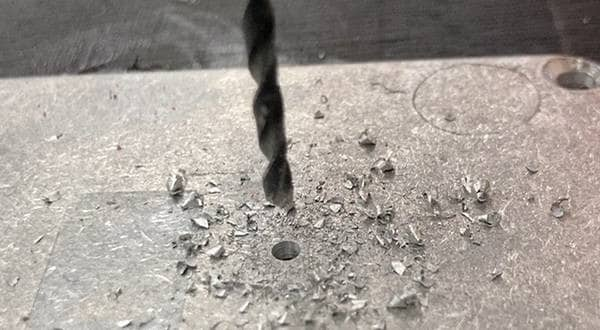
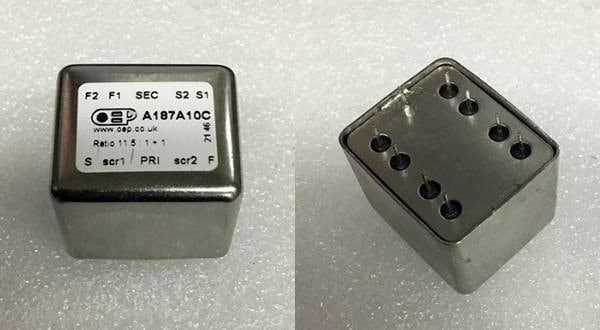
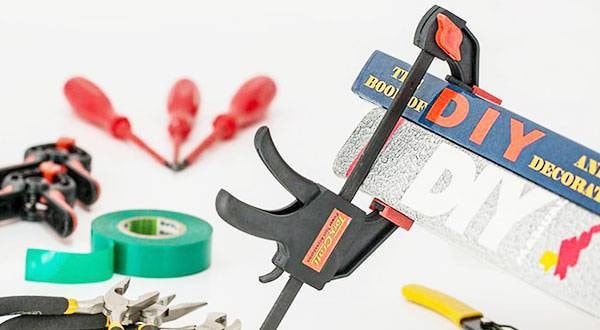
 ギターパーツの沼
ギターパーツの沼
 【初心者向け】エフェクター講座
【初心者向け】エフェクター講座
 あなたのエフェクターボード見せてください
あなたのエフェクターボード見せてください
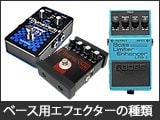 ベース用エフェクターの種類
ベース用エフェクターの種類
 エフェクターのつなぎ方
エフェクターのつなぎ方
 エフェクターの種類
エフェクターの種類
